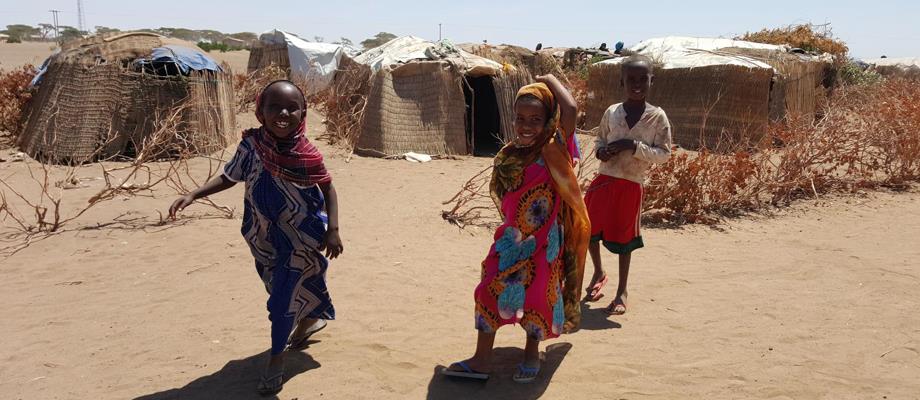“Drought impacts women and children differently” — the story of Hany
With one failed rainy season after another, Hany Abdullahi Aaden was increasingly worried about the survival of her livestock.

© FAO / K. Cornett
Hany lives in Daratole District, in Ethiopia’s Somali Region, with her husband, six sons and two daughters. The soil, which was once brown, has turned arid red, and there’s little or no grass for Hany’s animals.
Drought, according to Hany, “impacts women and children much differently to men”. The milk from livestock is essential for nutrition, which supports the health of mothers, particularly when pregnant or breastfeeding. The meat also provides a critical source of protein for children. But, as animals get weaker and sicker, this food source is lost. Hany was further worried about the “increased workload for women to maintain our homes — looking after weak animals, collecting firewood and water, and selling charcoal”.
As the drought went on and most of Hany’s livestock started to struggle, Hany began searching for ways to protect them. She learned that FAO had launched an Early Warning – Early Action (EWEA) programme in her district, to support over 9 600 farmers in the same situation.
